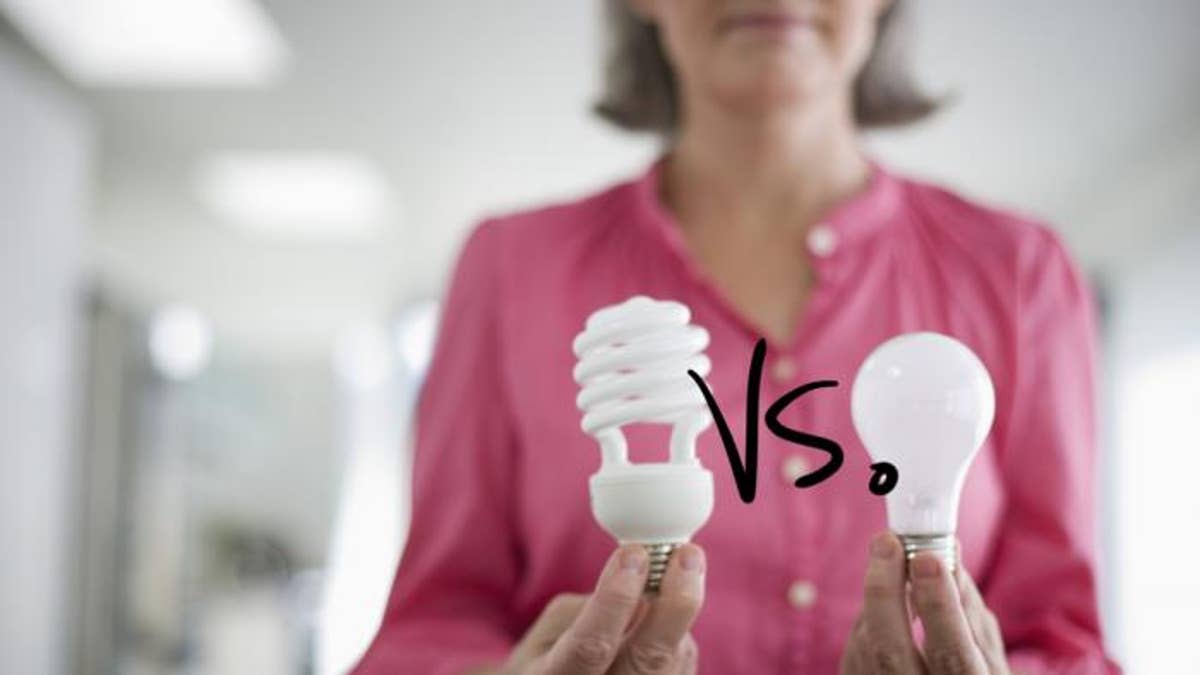
Lighting can be one of the most important aspects of decorating a room. While natural light is best, some rooms just don't get enough of it … or any, for that matter! So how do you illuminate a room that doesn't get much sun? We looked into different types of bulbs and fixtures to help you decide what will work best in your home.
First, here are a few tips to take advantage of any natural light your home can get:
- Replace dark or opaque drapes with light, airy, transparent ones
- Hang mirrors to reflect light onto opposite walls and surfaces
- If possible, replace solid doors with glass or French doors to let light in from another room
If these tips don't do the trick, certain bulbs can be used to mimic natural light in an otherwise dark room or create a softer mood. Read on to find out which one can help you achieve the look you want.
- Tungsten (Incandescent): These are the most common and affordable light bulbs. They give off a warm, pleasing glow, suitable for most rooms. When used with a dimmer, they provide great ambient lighting. Edison bulbs also fall into this category, and are used for more decorative purposes. The downside? Incandescent lights aren't very energy efficient.
- Fluorescent: Fluorescent bulbs usually make you think of an office, classroom or waiting room, which is why they're not a great lighting choice for homes. They give off a cold, green and unflattering glow … and they buzz! However, fluorescents can make optimal task lights, especially when installed under cabinets in the kitchen or garage. We just wouldn't recommend using them overhead.
- Energy Savers: As the name suggests, these bulbs are energy efficient and environmentally friendly. While they’re considered fluorescent, they give off a glow closer to white light and can be used as an alternative to incandescent bulbs. They can also be recycled.
- Halogen: These are a great choice for rooms that get no sunlight because they give off a cool glow very similar to daylight (aka "white light"). While they're slightly more energy efficient, they also get extremely hot and can explode.
Now that you have your bulbs picked out, here are some lighting fixture options to go with them:
- Track Lighting and Down-lighters: These are wonderful accent lights. Use them to highlight areas of interest or design features in a room. They can also be used for "wall washing," which floods an entire wall with light. Down-lighters are usually recessed or mounted onto a ceiling’s surface and cast a floodlight on objects below. What's neat about track lighting is that you only need one electrical outlet, no matter how many bulbs you have on a track.
- Up-lights: Up-lights are installed in the floor. It might sound silly, but they’re great for bouncing light off of white ceilings, creating a soft glow and preventing glare. They also create dramatic highlights when placed behind decorative objects or furniture.
- Chandeliers and Pendant Lights: While chandeliers are said to pull a room together, pendant lights can be used to define a specific area like a reading nook, workspace or eating area. Chandeliers and pendant lights tend to be a more decorative kind of fixture, but not necessarily the most functional. Usually they need to be accompanied by a stronger light source.
- Wall Lights: This type of lighting fixture can be used for general lighting or decorative purposes. They’re great for lighting hallways or framing wall art.
